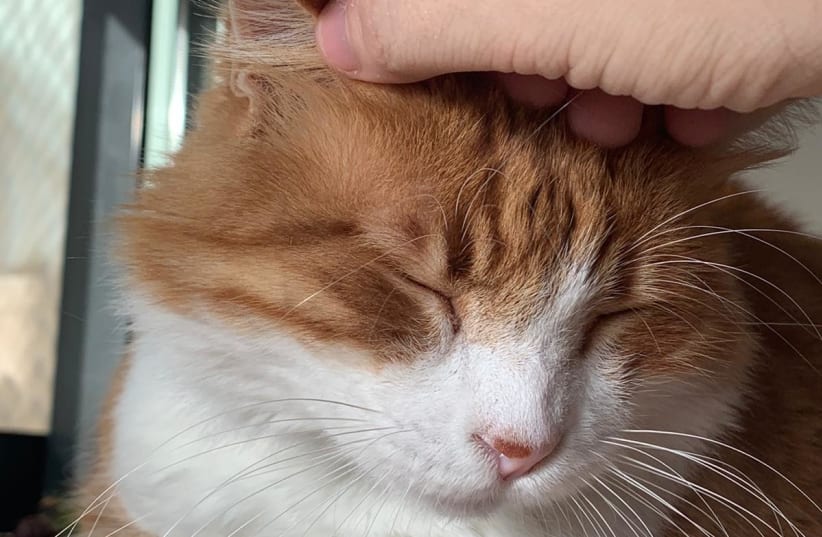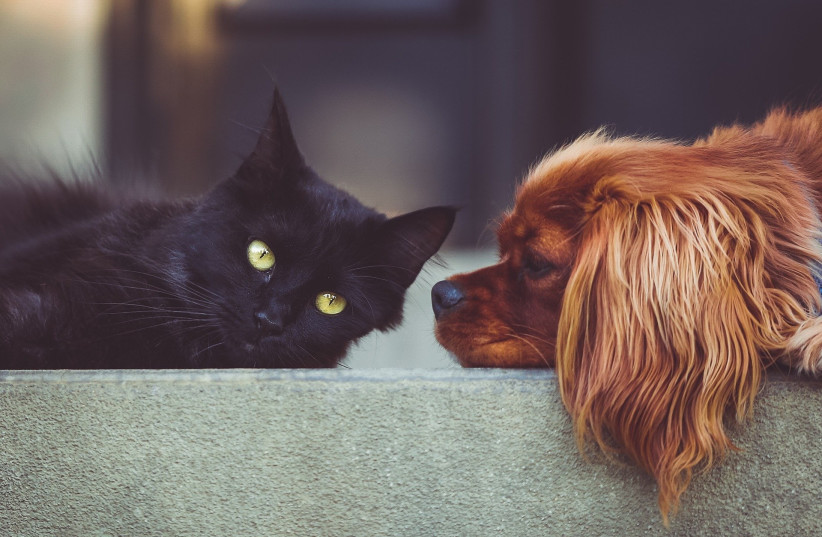Cats and coyotes both use green spaces in Los Angeles, suggesting that they may be able to co-exist according to a study published earlier today.
Human-wildlife conflict increases as urban environments encroach on natural habitats, and coyotes have become a major source of these conflicts as they have begun frequently visiting human settlements. City residents fear for the safety of their pets, especially outdoor cats, considering that one of the human food sources coyotes consume is domestic pets.
Studies throughout the United States, from Seattle to New York, have shown that cats comprise less than 5% of the coyote diet. However, similar studies in Los Angeles demonstrate that cats comprise roughly 20% of the coyote diet. Residents in a suburb of Los Angeles known as Culver City reported that in 18 months, 72 cats were killed due to coyote attacks.
In response to these shocking study results, Rebecca Davenport and colleagues from the Center for Urban Resistance (CURes) at Loyola Marymount University conducted a study in an effort to understand this anomaly.
In the study, published in the peer-reviewed journal PeerJ - Life and Environment, the researchers closely monitored the presence of coyotes and cats for six months through the 20 motion sensor cameras they installed throughout Culver City neighborhoods, parks, and green spaces. After doing so, they used the collected data to assess the influence of green space and prey species, such as domestic cats and cottontail rabbits, on coyote habitat use and activity.
The team found that the coyotes preferred green spaces as opposed to residential and urbanized areas, which is similar to other study findings. On the other hand, cats did not show a preference for a specific type of habitat.
“Coyote and rabbit occupancy were best predicted by increasing levels of green space at sites compared to the availability of cats or no covariates at all. This aligned with our original hypothesis that coyote site use would be positively associated with green space,” writes Davenport. “However, based on previous findings, we predicted that cats would primarily occupy residential spaces. Instead, we found that free-ranging cats were present in both residential spaces and green spaces, thus resulting in potential spatial overlap between these species.”
“Coyote and rabbit occupancy were best predicted by increasing levels of green space at sites compared to the availability of cats or no covariates at all."
Rebecca Davenport
Moreover, the cats in Culver City exhibited more nocturnal behaviors than the typical urban cat. These unexpected results may provide reasoning behind why there has been such a high rate of cat mortality in this suburb.
The findings also show that coyotes tend to stay in natural areas around the city, as these urban green spaces provide coyotes with many alternative prey options like cottontail rabbits. Therefore, it is very unlikely that coyotes are intentionally infiltrating neighborhoods to hunt down pets, although many residents believe this is the case.
“Domestic cats and coyotes likely experience increased temporal overlap in Culver City compared to other cities, as cats in Culver City were more nocturnal than in other urban studies,” Davenport notes. “Therefore, while cats may be exhibiting patterns of avoidance, they are likely viable prey sources for coyotes, especially compared to other cities.”
Due to the coyotes being perceived as a source of conflict in urban areas, one of the primary goals of the research was to help the Culver City government in establishing effective management protocols for coyotes.
“Based on incidental sightings of cat depredation by coyotes, residents have a common perception that coyotes repeatedly seek access to cats or alternative food sources near Culver City residences. On the contrary, this study suggests that coyote relative habitat use is concentrated within urban green spaces. Based on these findings, management efforts may better monitor coyote behavior and ecology by radio collaring and tracking individuals in these areas.”
Problems on both sides
That being said, the researchers recognize that attention shouldn’t be limited to just the “problem” coyotes but to the free-ranging cats as well.
“Given that free-ranging cats are generally highly invasive predators that threaten a range of native wildlife, we recommend that future management efforts consider possible restrictions or control measures for cats in this area,” writes Davenport. “If coyotes have alternative prey sources available in their preferred habitat, such as cottontail rabbits, then restrictions on outdoor cats could potentially result in fewer instances of cat mortality.”
While the coyotes were detected in green space sites, domestic cats were found in both residential areas and green space sites. This, combined with the increased nocturnality of the cats, suggest that the relationships between coyotes and cats in Culver City differ greatly from other urban areas.
“Our results indicate that spatiotemporal relationships of coyotes and free-ranging cats may vary at local scales,” concludes Davenport. “Thus, we hope that this case study provides a strong framework and methodological approach for other cities experiencing human-wildlife conflict.”
The Environment and Climate Change portal is produced in cooperation with the Goldman Sonnenfeldt School of Sustainability and Climate Change at Ben-Gurion University of the Negev. The Jerusalem Post maintains all editorial decisions related to the content.

